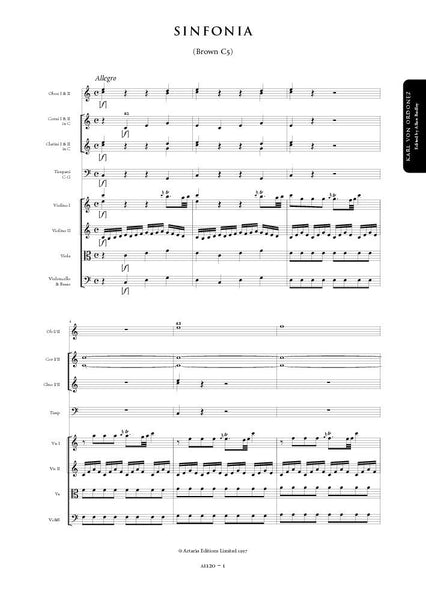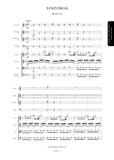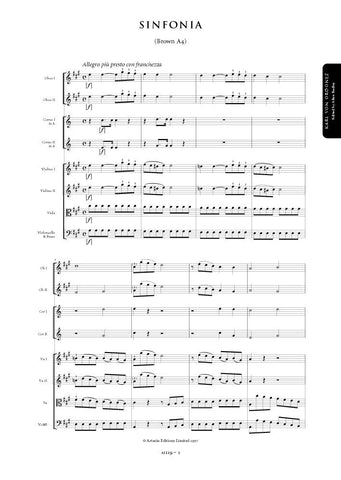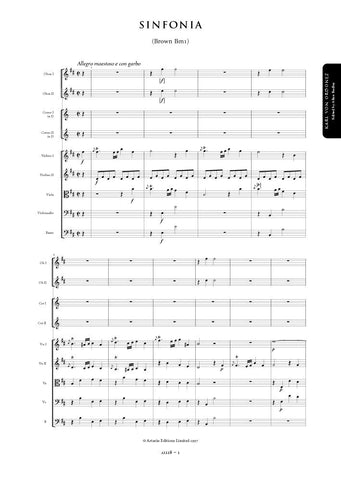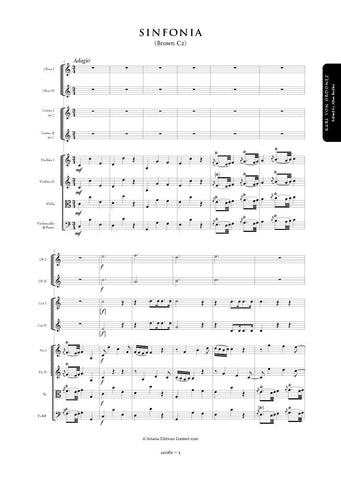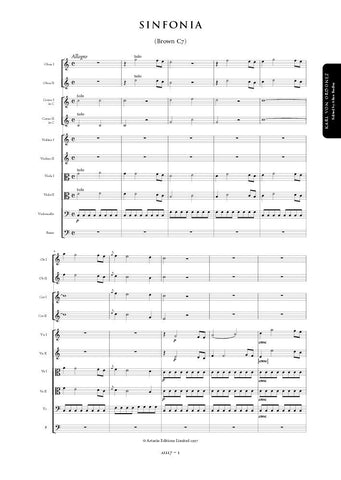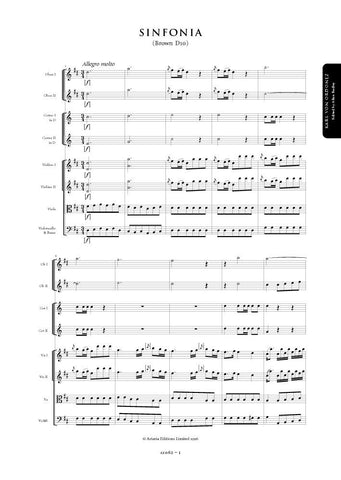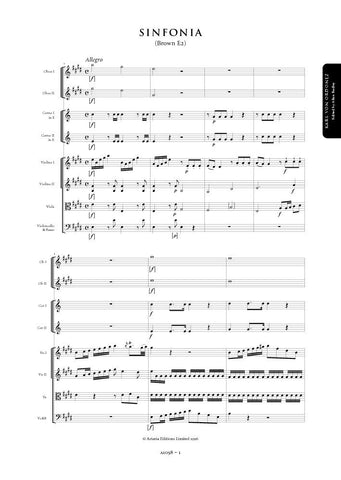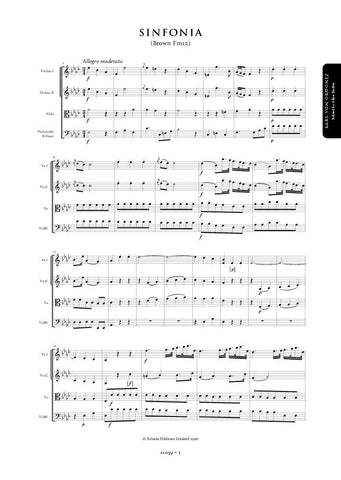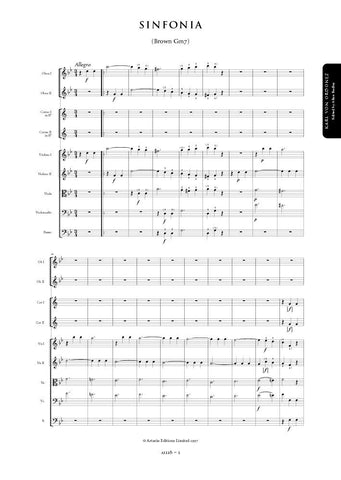Description |
Ordonez, Karl von (1734-1786)
|
||||||||||||||||||
Details |
For a part-time composer Ordonez was a surprisingly prolific. In addition to his two operatic works - a marionette opera, Musica della Parodie d'Alceste and a Singspiel, Diesmal hat der Mann den Willen - Ordonez is known to have composed a significant amount of church music (now lost), a secular cantata, 73 symphonies, a violin concerto and a large corpus of chamber music of which the 27 authenticated string quartets are of particular importance. Ordonez's sophisticated experiments with cyclic unity and his liking for contrapuntal textures gives much of his music a very distinctive and original quality. His symphonies were widely disseminated in manuscript copies and Abbé Stadler noted that they "received great applause". The present work is listed in the famous Quartbuch catalogue and must have been composed no later than 1775, the generally agreed date for the latest known works in this catalogue. Two sets of parts for the work survives; one, in the Narodní Muzeum, Prague (shelfmark Osek XXXIII E 78); the other in the Biblioteca Estense in Modena, a major source of Ordonez's symphonies. Neither set of parts provides any additional corroborative information on dating. This edition is based on the Estense source (shelfmark D. 280); the wrapper reads: "in C / Sinfonia / a / 2. Violini / 2. Oboe / 2. Clarini / 2. Corni / Tÿmpano / Viola e Basso [incipit] / Del Sig: Carlo D'Ordonez". The incipit consists of the opening two-and-a-half bars of the first violin part." In the absence of the autograph score or an authentic set of parts, the edition seeks to present as faithfully as possible the intentions of the composer as transmitted in the Estense source. The style and notation of articulation and dynamic markings have been standardised throughout, and, where missing, markings have been reconstructed from parallel passages. These are indicated by the use of dotted slurs or brackets where appropriate. Like most eighteenth century sources, the Estense MS is inconsistent in its notation of appoggiature; these too have been standardised to minimise confusion. Obvious wrong notes have been corrected without comment; editorial emendations with no authority from the source are placed within brackets. Allan Badley |
Loading...
Error




